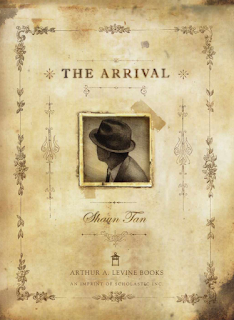WEEK 11: Comics as Contemporary Literature
 Wimbledon Green
Wimbledon Green
First impressions:
I was intrigued by the character Wimbledon Green. I wanted to learn more about who he was and his significance but what stopped me was the long descriptions with little dynamic panels. It was mostly interviews like comic strips like the one below. A lot of the exposition was described or the explanation of Green's personality and past was told through other character's experiences with him. I wanted to learn more about the world but I wasn't that interested to keep reading. At the beginning of the book, there was a preface although they said not to read it until afterword since I wasn't going to read it fully I read a bit of it and found it interesting Seth wasn't meaning to make it a book which made more sense as to why it felt disconnected. I think this book is more literary due to the lack of visuals that would help tell the story where, in this case, it's explained through the "interviews".
I was intrigued by the character Wimbledon Green. I wanted to learn more about who he was and his significance but what stopped me was the long descriptions with little dynamic panels. It was mostly interviews like comic strips like the one below. A lot of the exposition was described or the explanation of Green's personality and past was told through other character's experiences with him. I wanted to learn more about the world but I wasn't that interested to keep reading. At the beginning of the book, there was a preface although they said not to read it until afterword since I wasn't going to read it fully I read a bit of it and found it interesting Seth wasn't meaning to make it a book which made more sense as to why it felt disconnected. I think this book is more literary due to the lack of visuals that would help tell the story where, in this case, it's explained through the "interviews".
Far Arden
 First impressions:
First impressions:Far Arden felt like a literary adventure, with funny dialogue and eccentric characters. I think this book could be turned into a novel if it wasn't illustrated but as they say, "a picture is worth a thousand words." After reading the first couple of pages, I wasn't sure where the story was heading. It felt like I was put right in the middle of the story, no real explanation as to who Shank was or the things they words they would say. I thought it was humorous when the orphan kid randomly joins Shank who was like "ok". It was a bit unnerved when he explains he wants revenge on who killed his parents. I was like, that took a turn... The book also reminded me of the cartoon The Marvelous Misadventures of Flapjack due to the style and the location at the dock. Even Shank and the boy reminded me of the main characters since Flapjack was carefree and an orphan.
 Why I hate Saturn
Why I hate Saturn
First impressions:I think the reason why I stuck with Why I hate Saturn was the illustration style and storyboard like panels. It was very different compared to what we consider a comic. There was a designed border. The dialogue and descriptions or expositions were explained outside the panel. An example below shows the main character dressed up in the middle of traffic. The description explains what she does to change into this disguise. How she went to Macy's and changing her makeup at the makeup counter. It's not needed but helps visualize what happens in between panels. I really liked the map panel, bottom left. I thought it was an interesting way to portray her journey on the bus. It helped break from the somewhat monotonous conversation panels. Overall, I wouldn't consider this literary but more like a storyboard pitch for a dramatic movie with the random ending because the studio wanted more "action".










Comments
Post a Comment